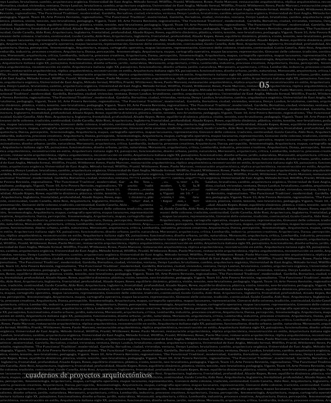Denys Lasdun and the project for the University of East Anglia
Palavras-chave:
Denys Lasdun, brutalism, change, organic architecture, University of East AngliaResumo
Abstract
The work of Denys Lasdun has been traditionally valued by its great spatial quality, its elegance and its capacity to develop a new formal tectonic language. Nevertheless, Alvin Boyarsky defi ned Lasdun’s architecture as an architecture of etcetera, implying that his projects were conceptually complex, full of nuances and meanings, and with an important affi liation to the natural world. Following the appreciation, we will study the project of East Anglia University in Norwich as an epitome of one important hidden objective that guided the genealogy and social aims of some remarkable works of the English architect.
Far beyond the biological analogy, we will analyze that Lasdun’s interest in natural processes transcends the usual positivist and scientifi c frame. His understanding of the links and resonances of architecture with Nature, comprehend also the human and social sphere. It is the broader concept of life the one that shapes an intuitive, free and holistic view of the Lasdun’s postwar architecture. Being also aware of the raise of the organic discourse that arises in England with the important impulse of Bruno Zevi, Lasdun fuses both sources as a counterpoint to the most academic and conformist practice with the pragmatic necessities and social realities.
This way, he manages to develop a personal discourse and lexicon that imprints his projects of the fifties and sixties, and culminates with the University of East Anglia as a proto-organism. Through this project and some earlier works deeply related to it, Lasdun investigates formal and structural possibilities to think the work of architecture as a non-closed system, capable of growth and change; as an inconclusive and adaptable statement ready to be responsive to circumstances, goals, and human needs and aims.
Downloads
Downloads
Publicado
Edição
Secção
Licença
1. Los autores conservan los derechos de autor y garantizan a la revista el derecho de una Licencia Creative Commons Atribución-NoComercial-SinDerivar 4.0 Internacional que permite a otros compartir el trabajo con un reconocimiento de la autoría.
2. Los autores pueden establecer por separado acuerdos adicionales para la distribución no exclusiva de la versión de la obra publicada en la revista (por ejemplo, situarlo en un repositorio institucional o publicarlo en un libro).












